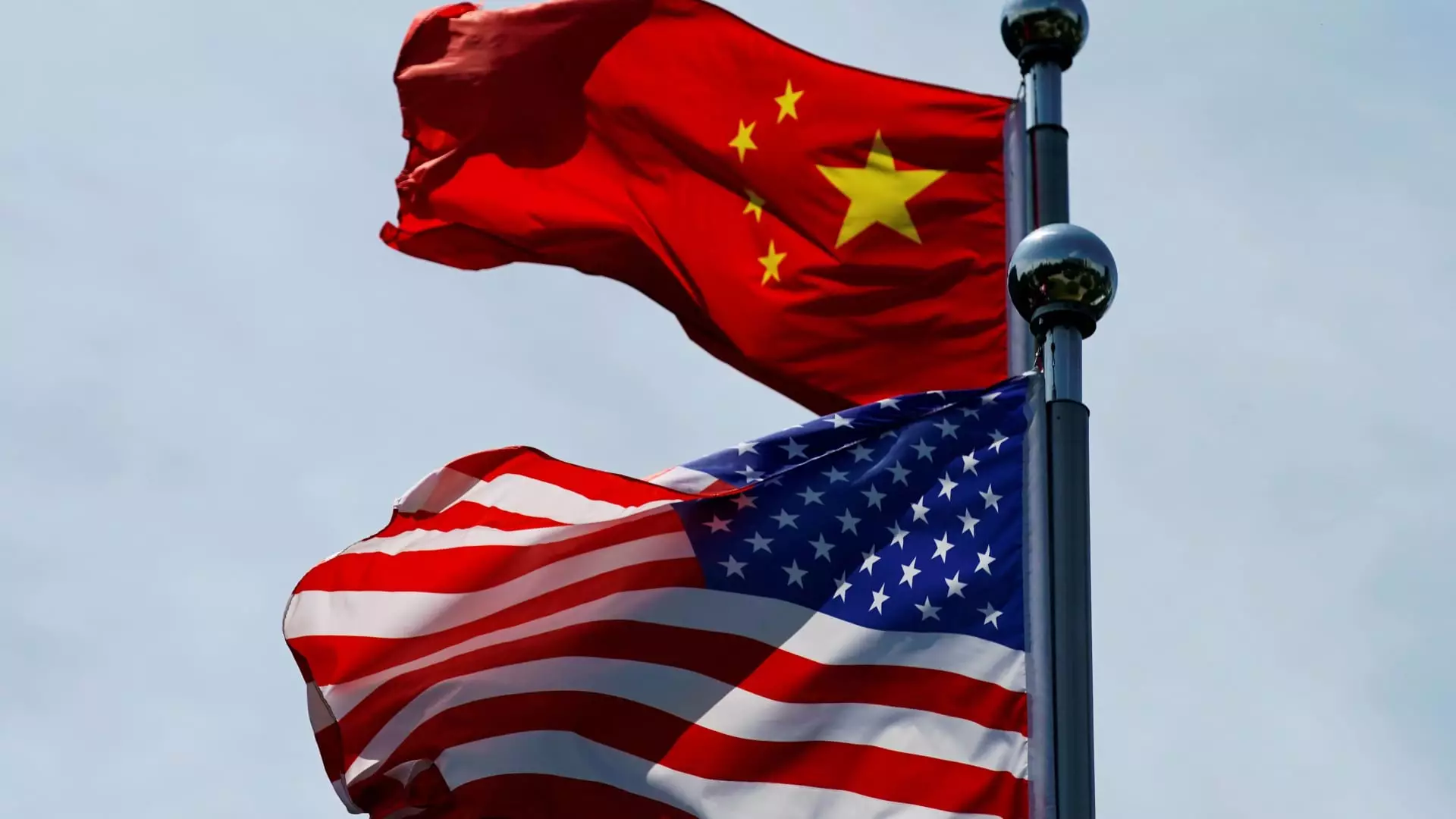The trade conflict between the United States and China has escalated, with substantial implications for global economic relations. Recently, China’s Ministry of Commerce expressed a firmer stance against the imposition of additional U.S. tariffs on Chinese imports, categorizing these measures as detrimental to bilateral trade relations. As the assertions from both Chinese and American representatives form the backbone of this ongoing saga, the potential fallout for both economies invites a thorough examination of their implications.
China’s defensive posture is not new. The nation has made it abundantly clear through public statements and past actions that it will not tolerate unilateral trade measures. Following the early rounds of tariffs implemented by the U.S., Beijing promptly responded by increasing tariffs on select American goods and branding specific U.S. companies as ‘unreliable entities’. This tit-for-tat strategy highlights a broader concern regarding the reliability of trade agreements between superpowers. While China’s previous retaliatory measures were relatively measured, the prospect of further retaliations raises the stakes for both parties, particularly in sectors vital to the U.S. economy such as agriculture.
The new set of tariffs, set at 10%, adds a considerable burden, pushing the average effective U.S. tariff rate on Chinese goods to approximately 33%. This marks a notable increase from the 13% rate observed at the beginning of President Donald Trump’s term. Such escalation does not merely threaten economic stability but also sends ripples through global markets. Analysts at Nomura have underscored that an increase in tariffs will adversely affect market confidence—a sentiment echoed in trading floors across the globe.
Agriculture is emerging as a focal point in these tensions; U.S. exports of agricultural products, with a total value of $22.3 billion in 2023, represent the most significant portion of bilateral trade. The Chinese market, specifically, is vital for U.S. soybeans, and any retaliatory tariff could have long-lasting effects on American farmers, amplifying the divide between agricultural states and urban policymakers.
As China convenes its annual parliamentary meeting termed the “Two Sessions”, domestic policymaking will come under scrutiny. Key economic indicators—including the annual GDP target and fiscal stimulus plans—are expected to be disclosed. The outcomes of these meetings will not only shape China’s economic trajectory but also determine how it positions itself amid this trade war. Policymakers have a unique opportunity to devise strategies aimed at mitigating the impact of U.S. tariffs, potentially leading to shifts in local industries and international partnerships.
Ultimately, the increasing tariffs and the ensuing responses from China indicate a deepening economic divide. As both nations navigate this contentious relationship, the repercussions could extend well beyond the immediate market. The global economic landscape hangs in the balance, and only time will reveal how these evolving dynamics will unfold. With emotions and economic interests at stake, the resultant strategies will determine the future of U.S.-China relations, reshaping alliances and trade practices across the globe.

